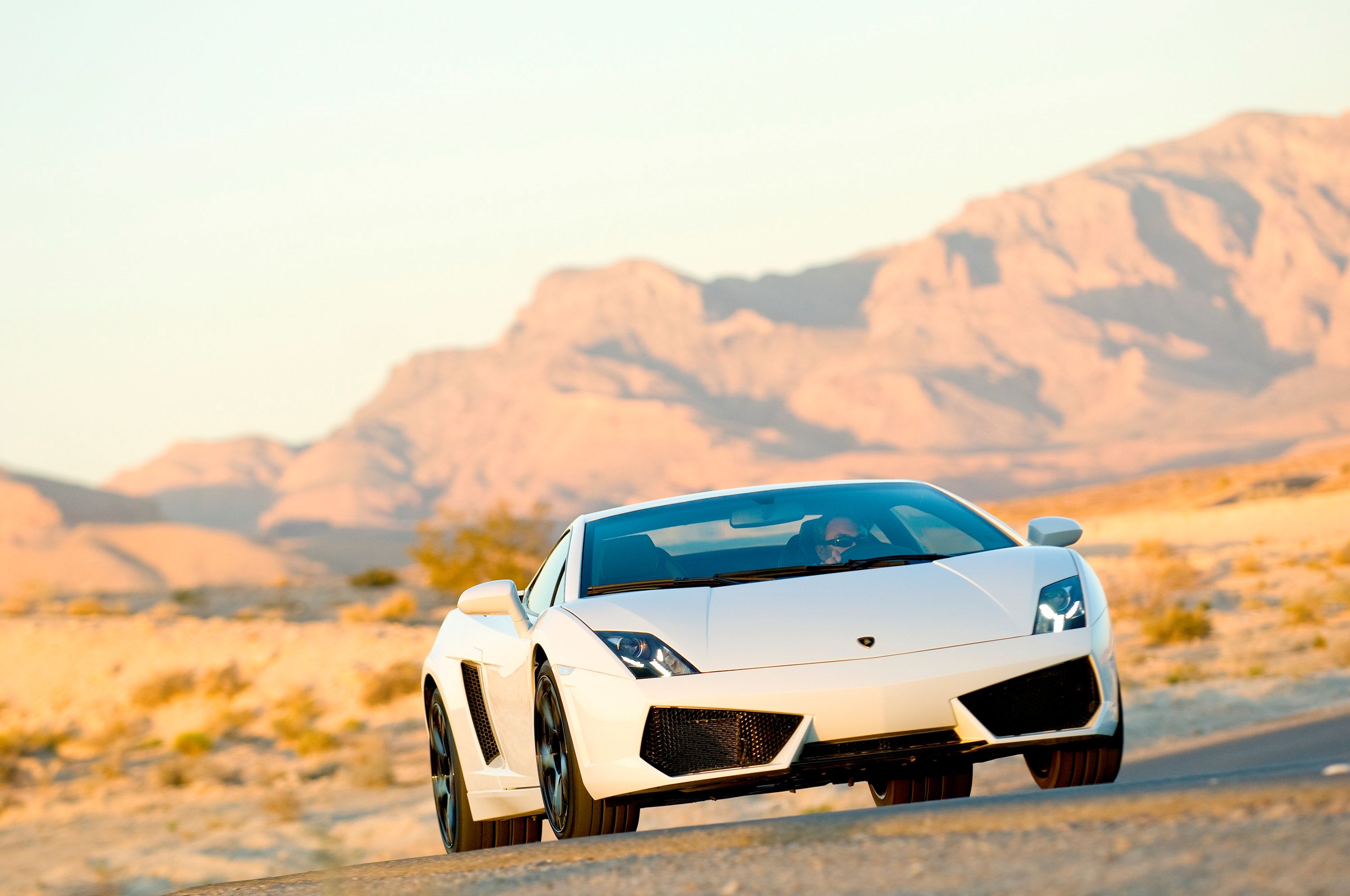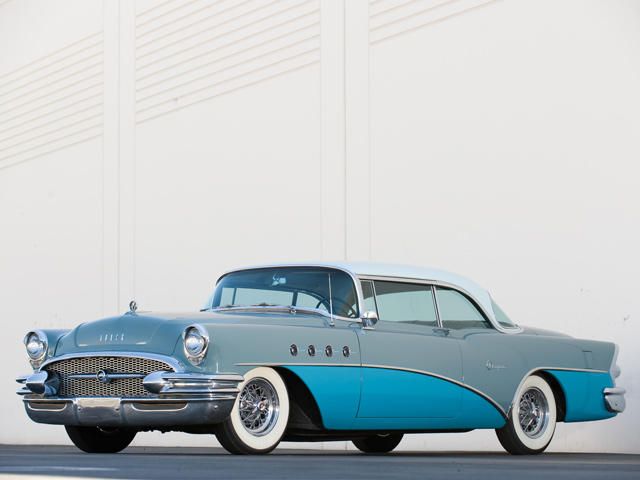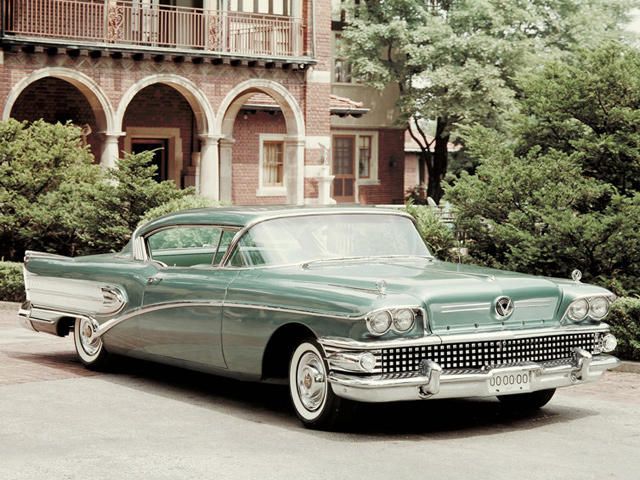
It's rare that a car will have two golden eras, but the Buick Riviera had at least this many. The Riviera tended to be one of the more stylish vehicles produced by American automakers, especially for its price range, while still managing to forgo the excess that characterized early personal luxury cars. Not every car which wore the badge was brilliant, but a few generations would stand as evidence that someone at GM knew what they were doing. The Riviera name was first used in 1949 for a hardtop coupe version of the Roadmaster.
From the beginning it was an attractive vehicle. The name would then become a trim level for a variety of Buicks during the Fifties, before being narrowed down to the just the Electra 225 Riviera in 1959 and then becoming an entirely separate model in 1963. When this model was introduced, it used some components from the GM parts bin, but didn't share a platform (at first) with any other GM product. This was unusual at the time, and the powerful 401cu-in (6.6L) and 425cu-in (7.0L) V8 engines were also much more than you would usually get in a car as relatively small as this.
Though we wouldn't call it a muscle car, the 325 or 340 horsepower caught the eyes of the automotive press. Considerable praise was heaped on the car, even from the European press, and the '63-'65 Riviera was a big sales success. The second generation of the car would debut for the 1966 model year with an evolved version of the earlier styling, and sales would remain strong through 1969. There is a common misconception that the Riviera was front-wheel-drive from this point on, but in fact, this is only true of the other cars which shared its platform. The first front-drive Riviera wouldn't appear until 1979.
There was a minor redesign for 1970 which saw the beginning of a decline in sales. A new generation was pushed through for 1971, and this was the classic "boat-tail" Riviera. The car's vee-shaped fastback was inspired by the split-window Stingray, and was another bold styling move for the Riviera. Unfortunately, the design was originally drawn up with a smaller platform in mind, and when stretched to fit the bigger E-body platform, elements of the design seemed oddly-proportioned. Many people still liked it, this author included, but sales fell once again.
The Riviera was redesigned again for 1974, but with the energy crisis now in full swing, car companies were hemorrhaging money from models like this. Another redesign came in 1977, and the Riviera was now sharing GM's B-body platform with about a dozen other GM products. The styling was uninspired and the base 350cu-in (5.7L) V8 produced just 155 horsepower, the kind of sad figure which was all too common in the Seventies. Front-wheel-drive would come in 1979, and a V6 engine would become standard, although a V8 was still offered as an option. That lasted until 1986, when the V8 was dropped and the styling became the sort that only appealed to old people.
The Riviera was mercifully killed off in 1993, but then GM surprised everybody when it revived the nameplate without completely botching the job in 1995. The styling of the '95-'99 Riviera wasn't flashy or especially sporty looking, but given the context of GM in the mid-Nineties, it was a surprisingly attractive vehicle. A naturally-aspirated base engine was offered briefly, but was eventually dropped, and the supercharged 3.8-liter V6 was a perfectly respectable power plant for the car. This produced 240 horsepower and was the most powerful engine put in a Buick since the Grand National.
With a 0-60 time of just under 8 seconds, this was the first Riviera to finally be faster than the original. It was dropped in 1999 as Buick was just starting to take the first steps toward reinventing themselves. The Riviera lived through some terrible times in the history of American automobiles, but when it was good, it was truly superb. None other than Sergio Pininfarina once said that the first-generation Riviera was one of the most attractive American cars ever made. No official plans to revive the nameplate are known to exist, but we can always hope.


